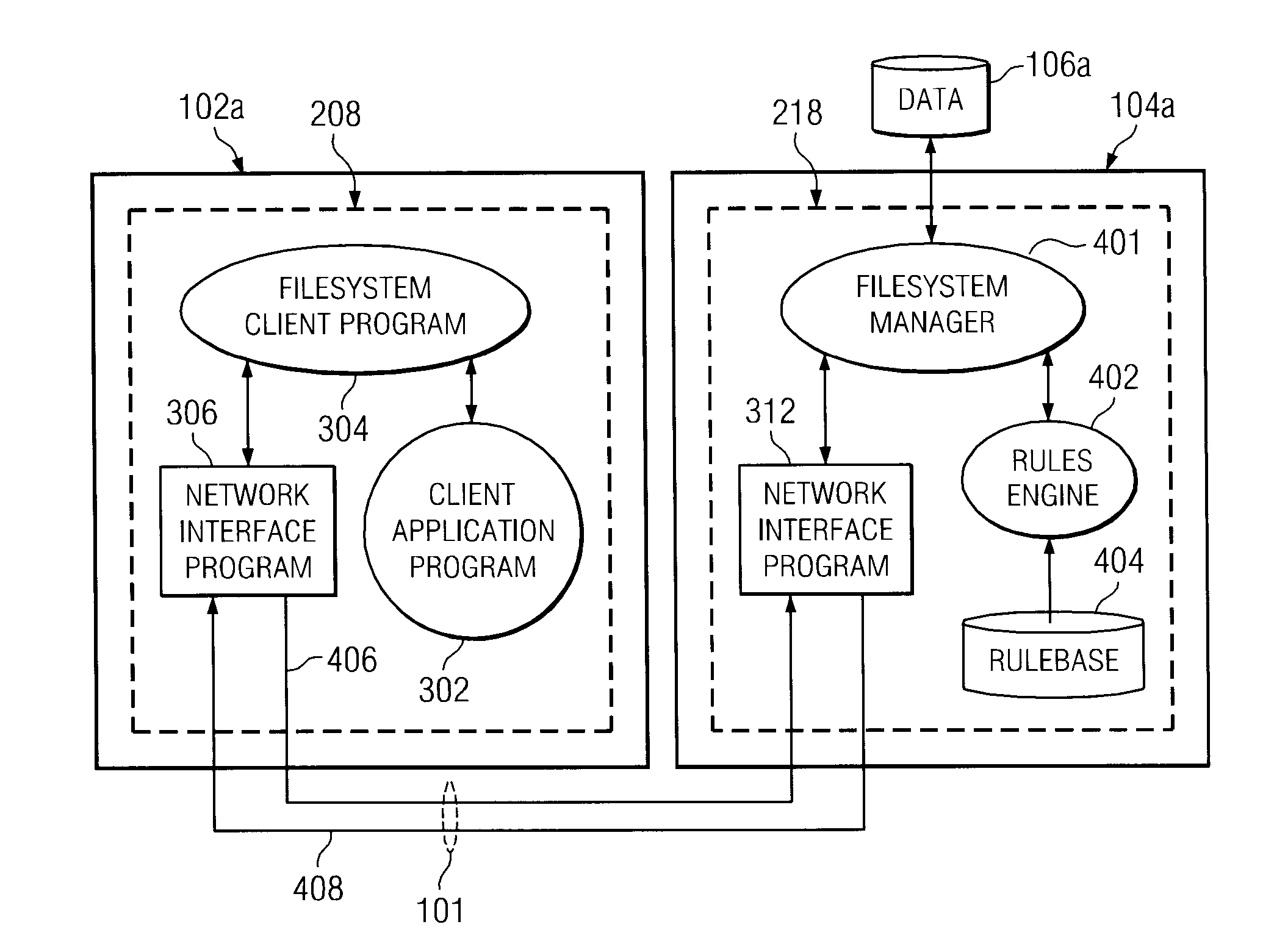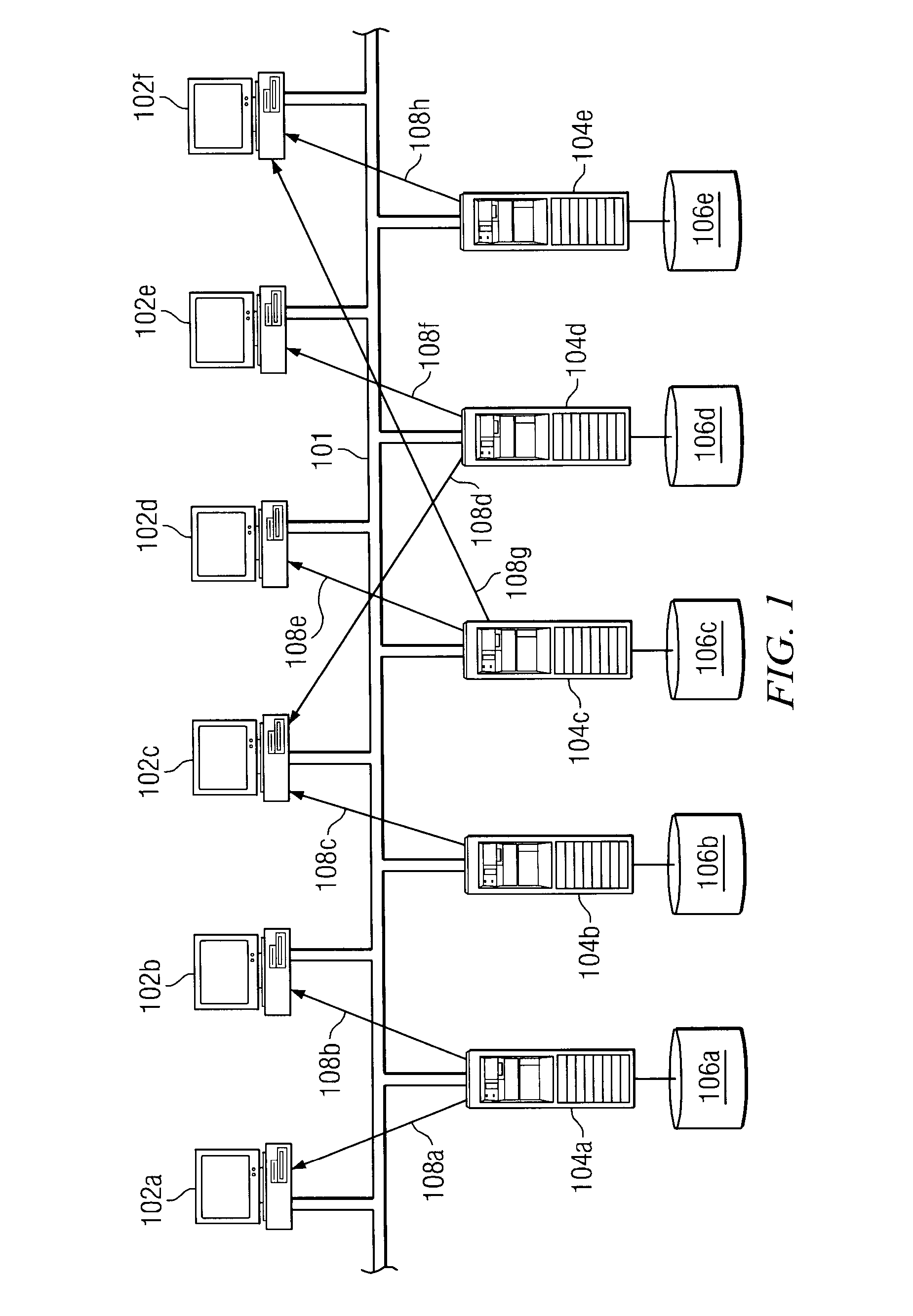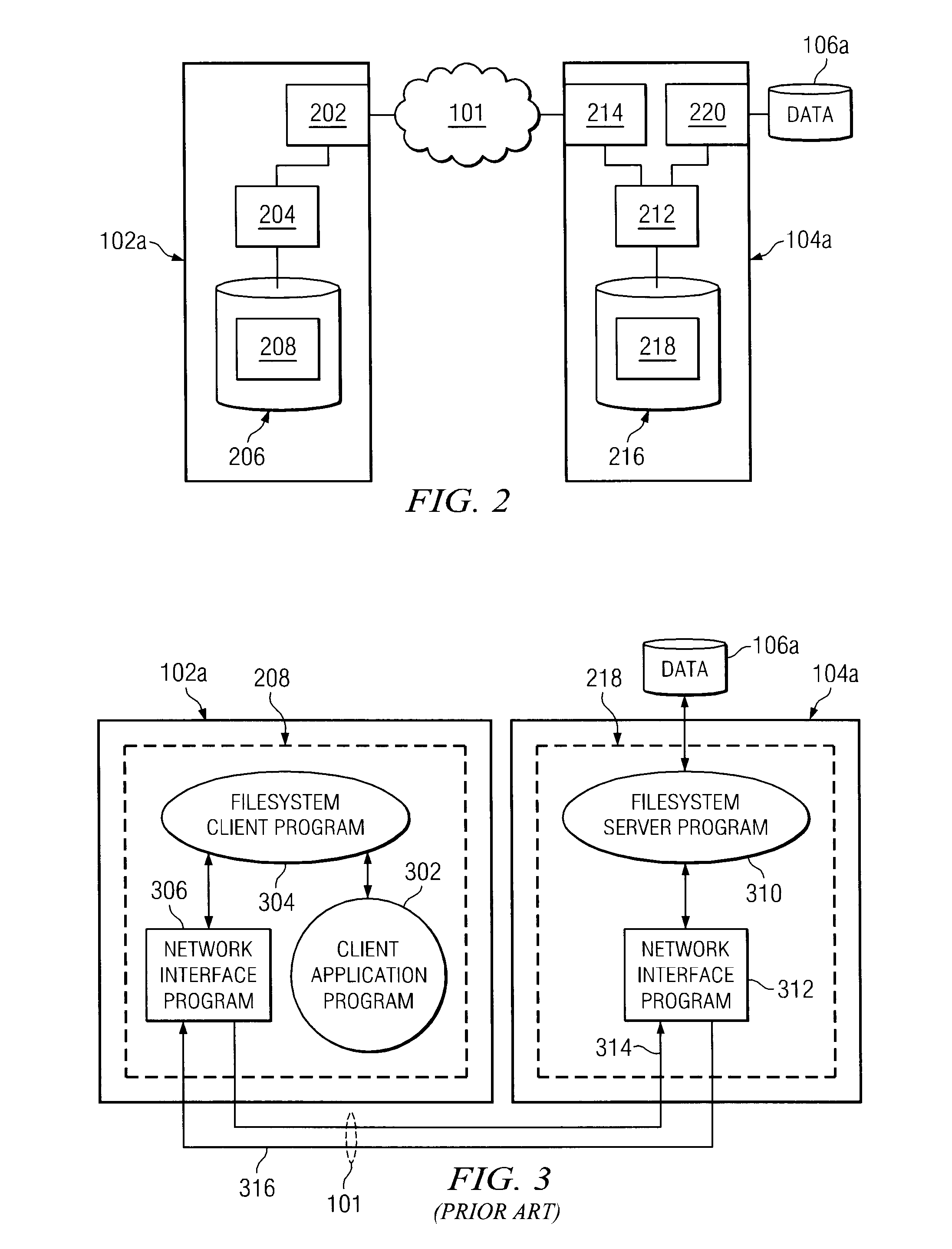Method and apparatus for managing file systems and file-based data storage
a file system and data storage technology, applied in the field of systems and methods for managing and controlling data storage resources, can solve the problems of manual and error-prone processes, affecting the operation of file systems, so as to reduce the required amount of storage capacity and consume a large amount of storage capacity
- Summary
- Abstract
- Description
- Claims
- Application Information
AI Technical Summary
Benefits of technology
Problems solved by technology
Method used
Image
Examples
Embodiment Construction
[0063]Embodiments of the present invention can comprise systems and methods for managing filesystems and can provide a programmable filesystem with active rules and policies, an n-tier network filesystem, a stack organized filesystem, a union filesystem with write-through semantics, a filesystem middleware with selective delegation, a filesystem with a statistical warehouse and / or other management functionality. This application incorporates by reference U.S. Provisional Patent Application No. 60 / 399,828 filed Jul. 30, 2003, entitled “Union Filesystem with Write-Through Semantics” by Jeff G. Bone, Laura Arbilla, and A. Paul Jimenez; U.S. Provisional Patent Application No. 60 / 399,723 filed Jul. 30, 2002, entitled “N-Tier Network Filesystem Middleware” by Jeff G. Bone; U.S. Provisional Patent Application No. 60 / 399,879 filed Jul. 30, 2002, entitled “Filesystem Mount Manager with Stack Mounting” by Jeff G. Bone, Brett A. Funderburg, and A. Paul Jimenez; U.S. Provisional Patent Applicat...
PUM
 Login to View More
Login to View More Abstract
Description
Claims
Application Information
 Login to View More
Login to View More - R&D
- Intellectual Property
- Life Sciences
- Materials
- Tech Scout
- Unparalleled Data Quality
- Higher Quality Content
- 60% Fewer Hallucinations
Browse by: Latest US Patents, China's latest patents, Technical Efficacy Thesaurus, Application Domain, Technology Topic, Popular Technical Reports.
© 2025 PatSnap. All rights reserved.Legal|Privacy policy|Modern Slavery Act Transparency Statement|Sitemap|About US| Contact US: help@patsnap.com



